
 This book is dedicated with thanks and appreciation to two people who are very important to me for very different reasons: Inge M. Zenner, whose friendship I am enjoying after a 43-year delay, and her husband, Claus L. Arentoft. Joseph Vescio, for his dedication to and investment in our working relationship. In addition, I thank my wife, Elinor M. King, for tolerating my obsession with collecting
This book is dedicated with thanks and appreciation to two people who are very important to me for very different reasons: Inge M. Zenner, whose friendship I am enjoying after a 43-year delay, and her husband, Claus L. Arentoft. Joseph Vescio, for his dedication to and investment in our working relationship. In addition, I thank my wife, Elinor M. King, for tolerating my obsession with collecting
photographs of building details in as many cities as possible.
Copyright 2017, 2009, 2008 by Robert Arthur King
Copyright 2009, 2008 by W. W. Norton & Company, Inc.
Maps copyright 2009, 2008 by W. W. Norton & Company, Inc. W. W.
Norton & Company, Inc., 500 Fifth Avenue, New York, NY 10110 For information about special discounts for bulk purchases, please contact W. W. Norton Special Sales at specialsales@wwnorton.com or 800-233-4830 Book design by Eleen Chung Production manager: Leeann Graham The Library of Congress has cataloged the printed edition as follows: Names: King, Robert Arthur, 1945- author. | Container of: King, Robert Arthur, 1945- Animals in stone. | Container of: King, Robert Arthur, 1945- Faces in stone. Title: Figures in stone : architectural sculpture in New York City / Robert Arthur King ; foreword by Barry Lewis.
Description: First edition. | New York : W.W. Norton & Company, 2017. | Previously published as ANIMALS IN STONE (2009) and FACES IN STONE (2008). Identifiers: LCCN 2016055350 | ISBN 9780393712438 (pbk.) Subjects: LCSH: Decoration and ornament, Architectural--New York (State)--New York. | New York (N.Y.)--Buildings, structures, etc. | New York (N.Y.)--Buildings, structures, etc.
Classification: LCC NA3511.N48 K565 2017 | DDC 729.09747--dc23 LC record available at https://lccn.loc.gov/2016055350 ISBN: 978-0-393-71243-8 (pbk.) ISBN: 978-0-393-71244-5 (e-book) W. W. Norton & Company, Inc., 500 Fifth Avenue, New York, N.Y. 10110 www.wwnorton.com W. W. Norton & Company Ltd., 15 Carlisle Street, London W1D 3BS PREFACE  The camera is no more an instrument of preservation, the image is.
The camera is no more an instrument of preservation, the image is.
Berenice Abbott Every building must have... its own soul. Louis Kahn After the publication of Faces in Stone and Animals in Stone , I expanded my search for building details to cities in America (Chicago, Philadelphia, Seattle, etc.) and Europe (Madrid, Copenhagen, Stockholm, etc.). I discovered that New York City is not alone in destroying buildings, with no regard for the preservation of historic details. Although European cities are more committed to preservation than America, many pieces of immense interest are still vulnerable. Modern architecture unfortunately lacks the visual sophistication provided by informative and artistic details available on older buildings.
The sterility of new buildings displays no education about their use or function. Regrettably, the anonymous craftsmen who executed these wonderfully vital and useful details are gone. Their work, which is their legacy, should not be forgotten. We can continue to appreciate their work and be grateful for each piece that can and should be salvaged even if only through photographs. FOREWORD by Barry Lewis  Robert Arthur Kings photos are a record of a disappearing city. If only the camera existed before the modern era so we could have recorded the details of ancient Babylon, Rome, or medieval Paris.
Robert Arthur Kings photos are a record of a disappearing city. If only the camera existed before the modern era so we could have recorded the details of ancient Babylon, Rome, or medieval Paris.
At least in other parts of the world, buildings from the past are more likely to be respected and taken care of. Here, in the States, we prefer to demolish whats there and build something new. No city exemplifies the American need to swap out the old for the new better than New York itself. Since most of Mr. Kings photographs are of non-landmark-designated buildings here in a city almost under siege from gentrification, these details and the structures they ornament are likely to be gone before this century is half over. The Figures in Stone Mr.
King has captured are on buildings built in the late 19th or early 20th century. It was a special time in architectural history, at least here in the West. The architectural movement of the time was called Eclecticism, an era that lasted a little over 100 years from the early 19th century to the mid 20th. Acting as rebels and provocateurs, the Eclectics went up against the 400-year-old Renaissance formulas of design that brought a universal language of architecture (and the other arts as well) to the muddled and bloodied field of medieval Europe. These formulas said that even if war and strife remain, at least in architectureand the artswe could find harmony, balance, and reason. That was lovely, except after four centuries of hewing to that formula, the harmony & balance sought by the Establishment had become a strait-jacket of sorts, a crustaceous shell that sealed all architecture in the same rigid box.
The Eclectics were the punks of their day vis--vis the Beaux-Arts Establishment of that time going up against the stalwarts of the Academy. But they werent being outrageous just for the kick of it. They understood that with the coming Industrial Revolution and the triumph of the middle class as the reigning power of the 19th century, new types of buildings were neededcorporate headquarters, merchant exchanges, public art galleries, museums and libraries, public hospitals, railroad stations, and, not least, suburban houses for the wealthy business classes. These buildings needed to be flexibleeasy to expand or change as uses and business practices, families and their retinue, changed from generation to generation. The rising bourgeoisie was replacing the old status quo of aristocrats and monarchs that had held fast for generations, and architecture had to serve the new ruling classs very different needs. The Eclectics also understood that in this increasingly mechanized society, where business buildings, houses, and their furnishings were products of a machine, the sameness of everything, the mass-production of everything, threatened to obliterate our individualism.our uniqueness.
The Eclectics believed that there was not one accepted universal style as the Renaissance had dictated; to the contrary, style was relative depending on the purpose of the building, where it sat, and who would be using it. The Eclectics brought in the notion that every buildinglike every personwas unique and that its architectural style and decoration should reflect that uniqueness. Different architectural styles were usedGreek Revival, neo-Gothic, Italianate, etc.for different situations, whether city or country, home or business, top-of-the-hill or down-in-thevalley. Towers and turrets were happily grouped into silhouettes giving the building a distinctive skyline, allowing the building a unique plan tailored to its use and also making it more amenable to future possible expansion. Sculptural figures were added to give both the building in total and each corner a uniqueness that defined its very special place in the universe. Sculptural elements could be just about anything.
Human head-shots, animals of every kind, abstract arabesques, grotesques that laughed at us or the human conditionall were acceptable to make the building special. Sometimes the sculptural ornament played on themes of the buildings location, perhaps its builders or hopefully its future tenants, or simply conveyed unique-i-tude. Everything the architects did was to give each building specialness. Now we live in a very different world. The Modern Movement (some think of it as Mid-Century Modern) triumphed in the middle of the 20th century and brought us back to the Renaissance ideal of a universal language of architecture . That language is supposedly based on minimalism and function.
Next page
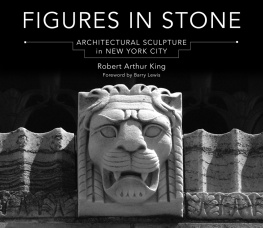

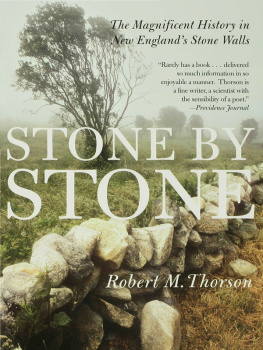
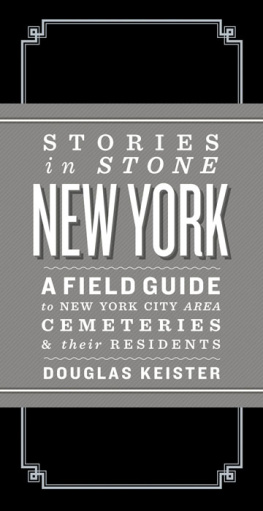
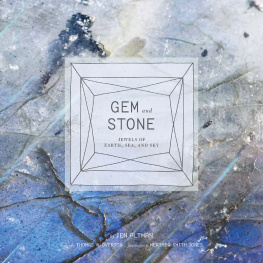
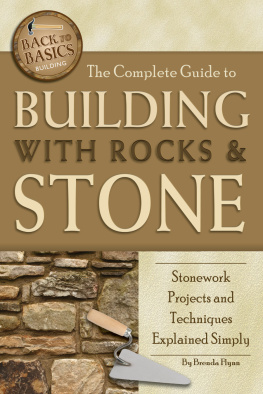


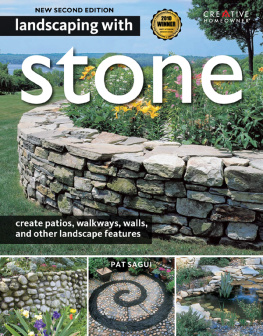


 This book is dedicated with thanks and appreciation to two people who are very important to me for very different reasons: Inge M. Zenner, whose friendship I am enjoying after a 43-year delay, and her husband, Claus L. Arentoft. Joseph Vescio, for his dedication to and investment in our working relationship. In addition, I thank my wife, Elinor M. King, for tolerating my obsession with collecting
This book is dedicated with thanks and appreciation to two people who are very important to me for very different reasons: Inge M. Zenner, whose friendship I am enjoying after a 43-year delay, and her husband, Claus L. Arentoft. Joseph Vescio, for his dedication to and investment in our working relationship. In addition, I thank my wife, Elinor M. King, for tolerating my obsession with collecting The camera is no more an instrument of preservation, the image is.
The camera is no more an instrument of preservation, the image is.